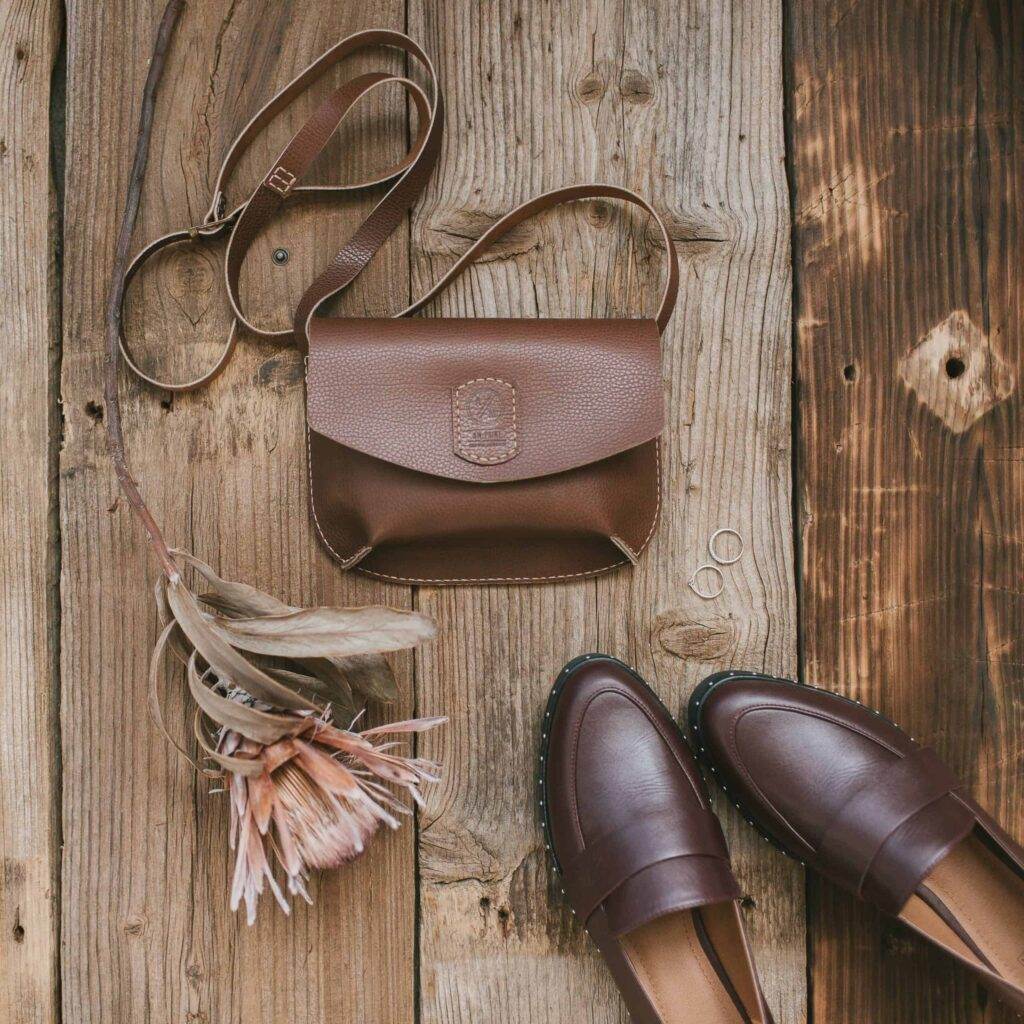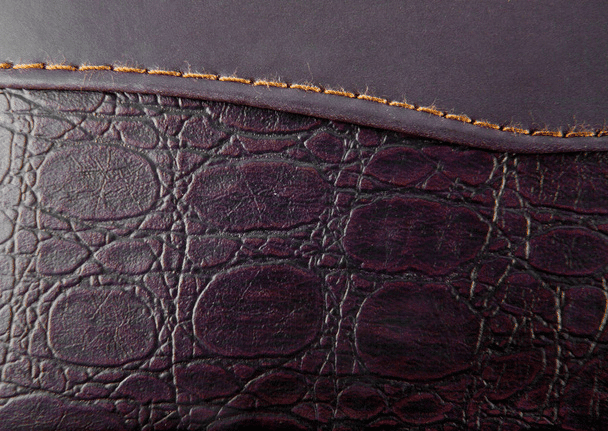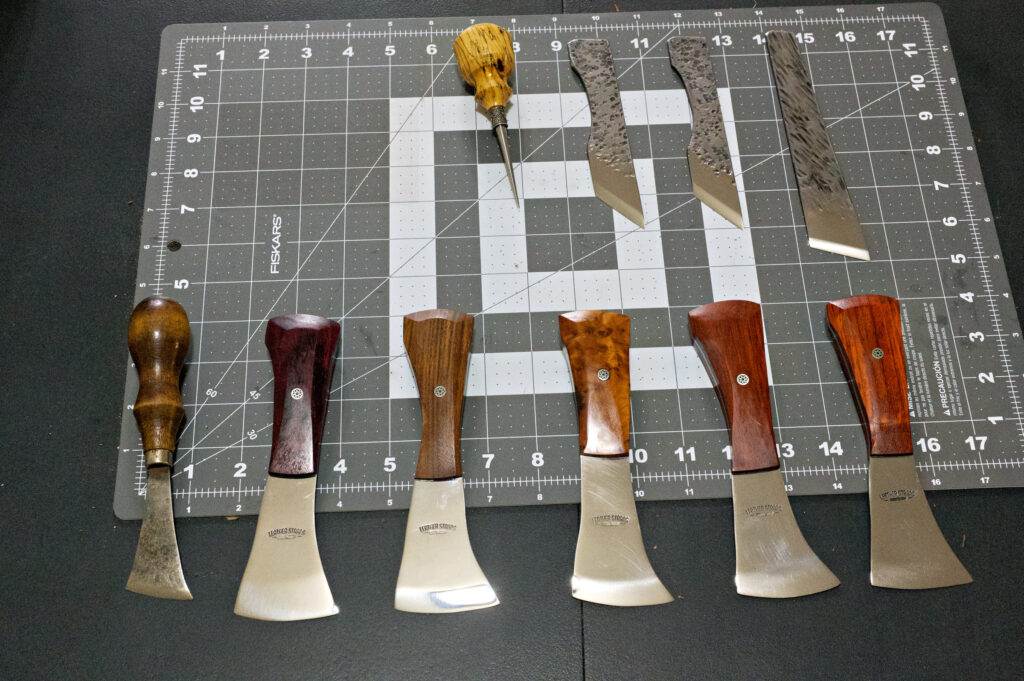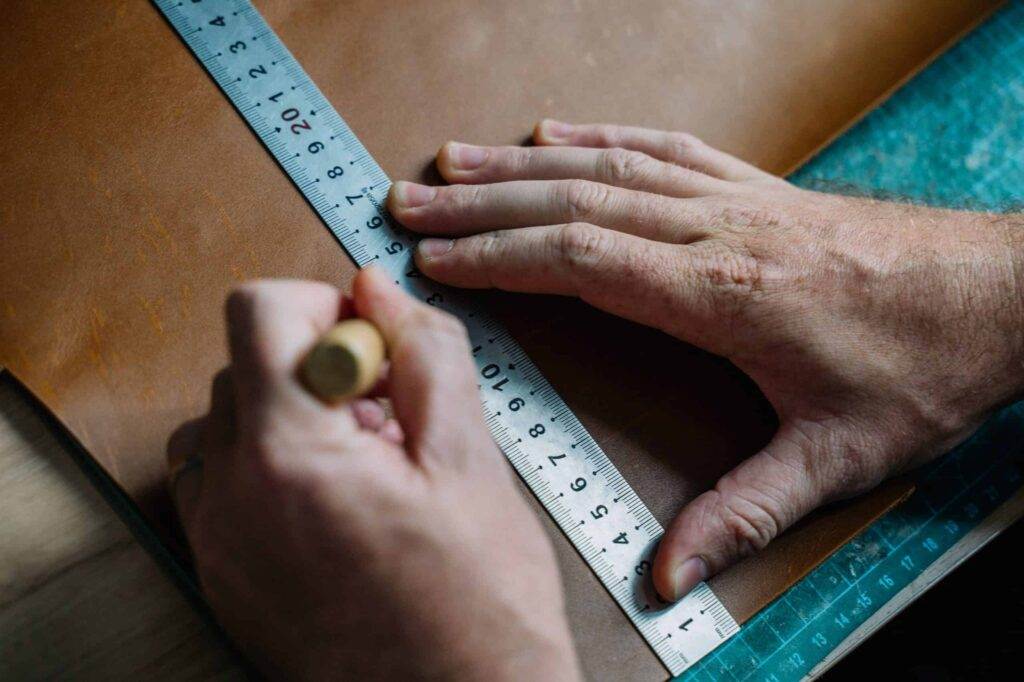Impact of Tanning Methods on Leathercraft Workability
Tanning is a crucial process in leathercraft that transforms raw animal hides into durable and usable leather. This transformation not only preserves the material but also enhances its aesthetic and functional qualities. The tanning process can be categorized into several methods, each with its unique characteristics, advantages, and disadvantages.
Understanding these methods is essential for leathercrafters, as the choice of tanning significantly influences the workability of the leather, its final appearance, and its longevity. The primary tanning methods include vegetable tanning, chrome tanning, oil tanning, and combination tanning. Each method employs different chemicals and techniques, resulting in varied textures, colors, and properties of the finished leather.
For instance, vegetable tanning uses natural tannins found in plants, while chrome tanning relies on synthetic chemicals. As leathercrafters delve into their projects, recognizing the implications of these tanning methods will enable them to select the most suitable leather for their specific applications, whether it be crafting bags, belts, or intricate leather goods.

Key Takeaways
- Different tanning methods in leathercraft include vegetable tanning, chrome tanning, oil tanning, and combination tanning.
- Vegetable tanning results in firmer leather with good workability, making it suitable for tooling and carving.
- Chrome tanning produces softer and more pliable leather, making it ideal for garments and upholstery.
- Oil tanning creates supple and water-resistant leather, suitable for outdoor and rugged use.
- Combination tanning combines different tanning methods to achieve specific characteristics in leather, offering a wide range of workability options for leathercrafters.
Impact of Vegetable Tanning on Leather Workability
Vegetable tanning is one of the oldest and most traditional methods of tanning leather. It utilizes tannins derived from plant sources such as tree bark, leaves, and fruits. This method is celebrated for producing leather that is not only environmentally friendly but also possesses a unique character that develops over time.
The workability of vegetable-tanned leather is often regarded as superior for certain applications due to its firmness and ability to hold shape well. However, vegetable-tanned leather can be somewhat rigid initially, which may pose challenges for intricate designs or detailed tooling. Craftsmen often find that this type of leather requires a break-in period to achieve optimal flexibility.
Once broken in, vegetable-tanned leather becomes more supple and easier to manipulate, making it ideal for projects that demand durability and a classic aesthetic. Additionally, its ability to absorb dyes and finishes allows artisans to create rich colors and textures that enhance the final product.
Impact of Chrome Tanning on Leather Workability

Chrome tanning is a modern method that employs chromium salts to tan leather quickly and efficiently. This process results in a softer and more pliable leather compared to vegetable tanning. Chrome-tanned leather is known for its vibrant colors and resistance to water and heat, making it a popular choice for various applications, including fashion accessories and upholstery.
The workability of chrome-tanned leather is often favored by crafters who require materials that can be easily shaped and sewn without compromising strength. Despite its advantages, chrome-tanned leather may not be as environmentally friendly as its vegetable-tanned counterpart. The chemicals used in the chrome tanning process can pose environmental hazards if not managed properly.
Additionally, while chrome-tanned leather is generally easier to work with, it may lack the same depth of character that develops in vegetable-tanned leather over time. Craftsmen should consider these factors when selecting materials for their projects, balancing workability with environmental impact.
Impact of Oil Tanning on Leather Workability
Oil tanning is a method that involves saturating the hide with oils, resulting in a soft and supple leather that is often water-resistant. This type of tanning is particularly beneficial for creating products that require flexibility and durability, such as work gear or outdoor equipment. The workability of oil-tanned leather is exceptional; it can be easily manipulated without losing its structural integrity.
This makes it an excellent choice for artisans who need to create complex shapes or detailed designs. One of the unique characteristics of oil-tanned leather is its ability to develop a rich patina over time. As the leather ages, it becomes more beautiful and distinctive, adding value to the crafted item.
However, oil-tanned leather may require specific care to maintain its appearance and functionality. While it is generally resistant to moisture, excessive exposure can lead to deterioration if not properly managed. Leathercrafters should be aware of these maintenance needs to ensure their creations stand the test of time.
Impact of Combination Tanning on Leather Workability
Combination tanning merges different tanning methods to leverage the benefits of each while mitigating their drawbacks. Typically, this involves using both chrome and vegetable tanning processes to create a leather that possesses the softness and pliability of chrome-tanned leather while retaining some of the natural characteristics associated with vegetable tanning. The result is a versatile material that offers excellent workability for a wide range of applications.
The workability of combination-tanned leather is often enhanced by its balanced properties. It can be easily cut, sewn, and shaped while still providing durability and resistance to wear. This makes it an attractive option for crafters who seek a reliable material that can adapt to various design requirements.
Additionally, combination-tanned leather often exhibits a unique aesthetic appeal, showcasing the best features of both tanning methods. As such, it has become increasingly popular among artisans looking for high-quality materials that offer both functionality and beauty.
Factors Affecting Leather Workability in Different Tanning Methods

Several factors influence the workability of leather across different tanning methods. The type of animal hide used plays a significant role; for instance, cowhide tends to be thicker and more robust than lambskin, affecting how each type responds to various tanning processes. Additionally, the specific chemicals or natural substances employed during tanning can alter the texture and flexibility of the finished product.
Environmental conditions during the tanning process also impact workability. Temperature and humidity levels can affect how well the tannins or chemicals penetrate the hide, influencing its final characteristics. Furthermore, post-tanning treatments such as conditioning or finishing can enhance or diminish workability depending on how they are applied.
Leathercrafters must consider these factors when selecting their materials and planning their projects to ensure optimal results.
Best Practices for Working with Different Tanned Leathers
When working with different types of tanned leathers, adhering to best practices can significantly enhance the crafting experience and final product quality. For vegetable-tanned leather, it is advisable to allow sufficient time for the material to break in before attempting intricate designs or tooling. Using appropriate tools designed for this type of leather can also facilitate smoother cutting and stitching processes.
For chrome-tanned leather, crafters should take advantage of its pliability by employing techniques that allow for easy manipulation without compromising strength. It is essential to use sharp tools to achieve clean cuts and avoid fraying edges. When working with oil-tanned leather, regular conditioning can help maintain its suppleness and prevent drying out over time.
Lastly, when utilizing combination-tanned leather, understanding its unique properties will enable artisans to maximize its potential in various applications.
Conclusion and Recommendations for Leathercrafters
In conclusion, understanding the various tanning methods available in leathercraft is essential for any artisan looking to create high-quality products. Each method—vegetable, chrome, oil, and combination tanning—offers distinct advantages and challenges that directly impact the workability of the leather. By recognizing these differences, crafters can make informed decisions about which materials best suit their specific projects.
For those venturing into leathercraft or seeking to refine their skills, it is recommended to experiment with different types of tanned leathers to gain firsthand experience with their unique properties. Additionally, investing in quality tools tailored for each type of leather will enhance both the crafting process and the final outcome. Ultimately, by embracing the nuances of each tanning method and applying best practices in their work, artisans can elevate their craft and produce exceptional leather goods that stand out in both quality and design.
FAQs
What are the different tanning methods used in leathercraft?
There are several tanning methods used in leathercraft, including vegetable tanning, chrome tanning, and combination tanning. Each method has its own unique characteristics and impacts on the workability of the leather.
How does the tanning method impact the workability of leather?
The tanning method used can have a significant impact on the workability of the leather. For example, vegetable-tanned leather tends to be stiffer and more rigid, making it suitable for certain types of leathercraft work, while chrome-tanned leather is softer and more pliable, making it better for other types of projects.
What are the advantages and disadvantages of different tanning methods for leathercraft work?
The advantages and disadvantages of different tanning methods for leathercraft work vary depending on the specific needs of the project. For example, vegetable-tanned leather is known for its durability and aging beautifully over time, but it can be more difficult to work with due to its stiffness. On the other hand, chrome-tanned leather is softer and more pliable, but may not age as well as vegetable-tanned leather.
How can leathercrafters choose the right tanning method for their projects?
Choosing the right tanning method for a leathercraft project depends on the specific requirements of the project, such as the desired level of stiffness, pliability, and aging characteristics. Leathercrafters should consider the intended use of the finished product and select a tanning method that aligns with those needs.
Are there any environmental or ethical considerations related to different tanning methods?
Yes, there are environmental and ethical considerations related to different tanning methods. For example, vegetable tanning is often considered more environmentally friendly than chrome tanning, as it uses natural tannins from plant sources. Additionally, some tanning methods may involve the use of chemicals that can be harmful to the environment if not properly managed. It’s important for leathercrafters to consider these factors when choosing a tanning method.







